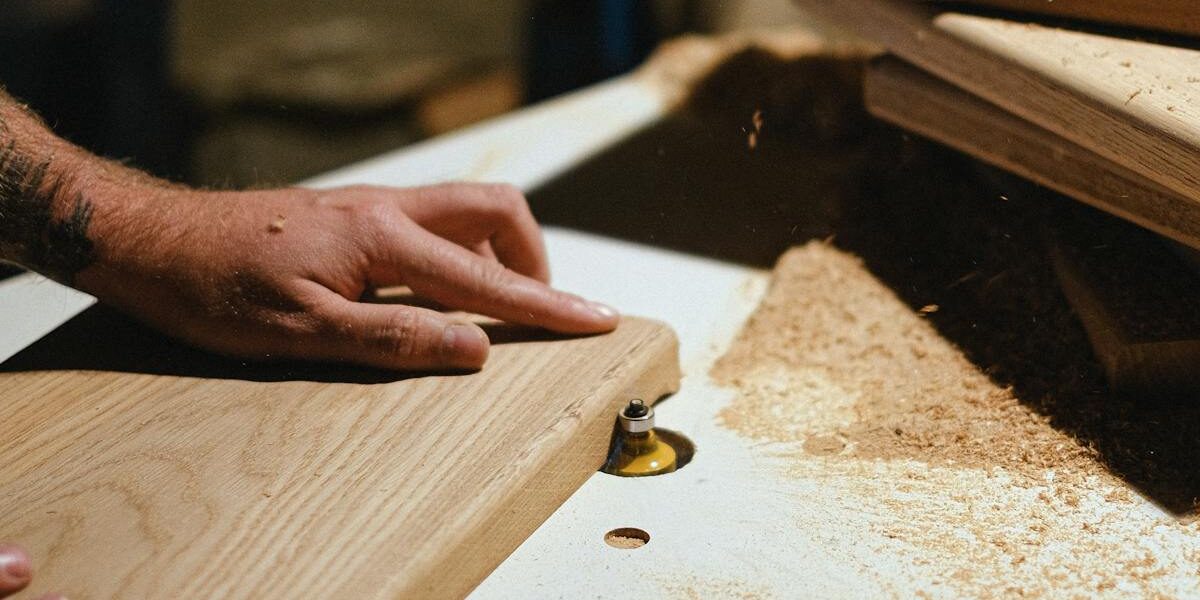Understanding Clear Coat for Wood
Applying a clear coat to wood surfaces serves as a protective barrier and enhances the natural beauty of the material. It’s commonly used on furniture, floors, and other wooden items. This protective layer helps preserve the wood against scratches, water damage, and UV light.

Types of Clear Coats
There are several types of clear coatings available, each with its unique properties and benefits. The choice depends on the specific requirements of the wood and the environment in which it will be used.

1. Polyurethane
Polyurethane is popular due to its durability and resistance to water. It’s available in oil-based and water-based forms. Oil-based polyurethane provides a warm, amber hue to the wood, making it suitable for deepening the natural texture. Water-based variants are ideal for those who prefer a clear finish without altering the wood’s color.

2. Shellac
Shellac is a natural resin secreted by the lac bug, and it’s been used for centuries. It’s recognized for its ease of application. Shellac can be applied with a brush and dries quickly, forming a hard and protective film. It’s less resistant to heat and water compared to other finishes, which might affect its long-term durability on pieces exposed to moisture.

3. Lacquer
Lacquer provides a smooth, glossy finish that brings out the vibrancy in wood. It’s valued for its fast-drying properties. Lacquer is often applied with a spray gun, giving a professional-level smoothness. However, it’s sensitive to scratches and chemicals, requiring cautious handling.

4. Varnish
Varnish consists of resin, a drying oil, and a thinner or solvent. It offers high durability and UV protection, making it suitable for outdoor furniture. Varnish gives a warm, amber tone and is typically applied in multiple layers to build a thick, protective coat.

Preparation for Applying Clear Coat
Proper preparation of the wood surface is essential before applying any clear coat. Start by sanding the wood with fine-grit sandpaper. The sanding process removes imperfections and opens up the wood grain for better penetration of the finish. After sanding, clean the surface thoroughly with a tack cloth to remove any dust or debris.

Application Techniques
The method of application can vary depending on the type of clear coat selected. Regardless of method, it’s important to apply the coat evenly.

Brushing
Brushing is a common technique for applying clear coats like shellac or varnish. Use a high-quality brush to avoid brush marks. Apply in long, continuous strokes along the grain of the wood. Maintain a wet edge to prevent lap marks.

Spraying
Spraying is ideal for achieving a smooth coat without brush marks. This technique is often used for lacquers. Use a spray gun for an even application. Practice on scrap wood to perfect your technique and adjust the spray pattern as needed.

Wiping
Wiping typically involves applying finishes like oil-based polyurethanes. Use a clean cloth or sponge to rub the finish into the wood. This method ensures thin, even layers and deep penetration into the wood grain, enhancing the surface’s texture.

Maintenance of Clear Coats
Clear-coated wood surfaces require routine maintenance to retain their appearance and protection. Regular cleaning with a soft cloth and a mild soap solution keeps surfaces free from dust and grime. Avoid using harsh chemicals or abrasive cleaners that can damage the finish.

Environmental Considerations
Choosing the right clear coat also involves considering environmental impacts. Water-based finishes generally contain fewer volatile organic compounds (VOCs) than oil-based options. Selecting low-VOC products can contribute to a healthier indoor air quality.

Safety Measures
Follow safety precautions when working with clear coats. Ensure proper ventilation to minimize inhalation of fumes. Wear protective gear like gloves and masks to prevent skin and respiratory exposure. Store products away from heat sources and out of reach of children and pets.

Choosing the Right Clear Coat
The selection of a clear coat should align with the function and environment of the finished piece. Consider factors such as exposure to sunlight, moisture, and the desired aesthetic. Outdoor wooden furniture might benefit from varnishes with UV protection, while indoor pieces can use shellac for a classic finish.

Summary
Clear coats play a vital role in both protecting and enhancing wood surfaces. Understanding the types, application techniques, and maintenance practices allows for optimal results. With the right choice, a clear coat can significantly extend the life and beauty of wooden items.

\n\n
Related Articles
\n


Subscribe for Updates
Get the latest articles delivered to your inbox.
We respect your privacy. Unsubscribe anytime.